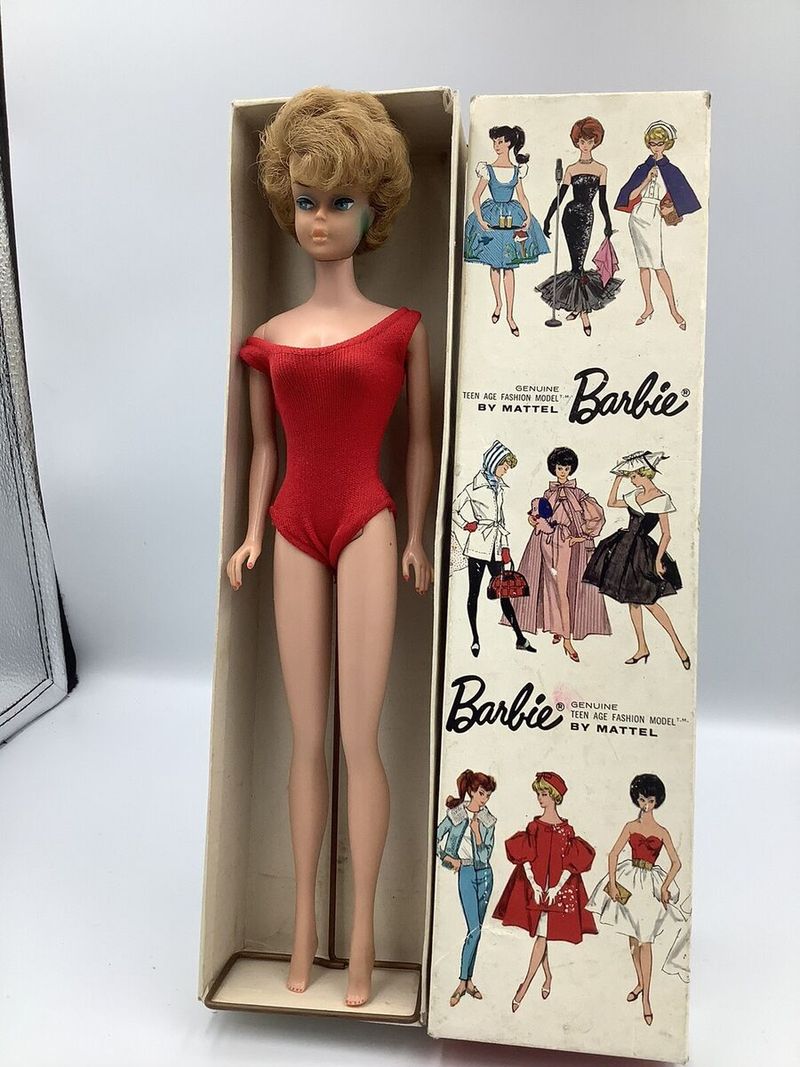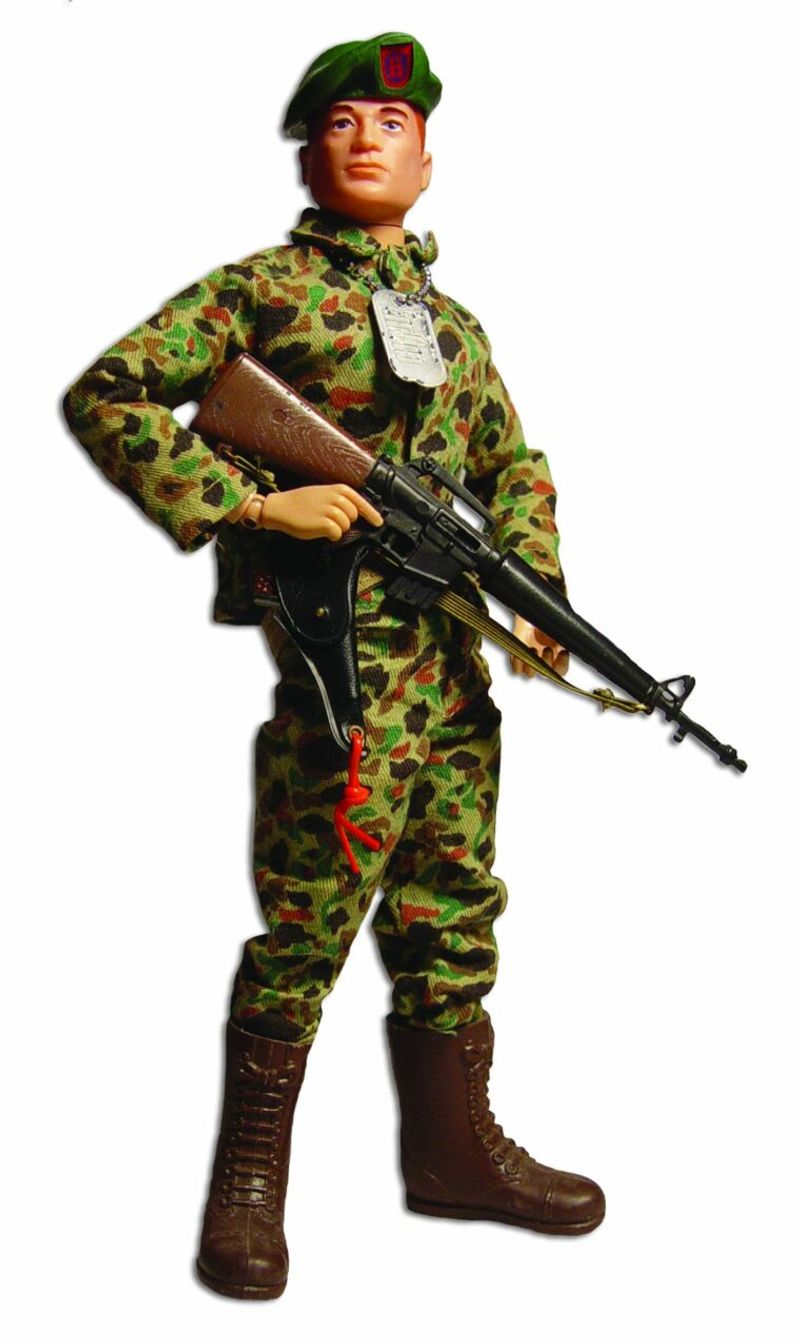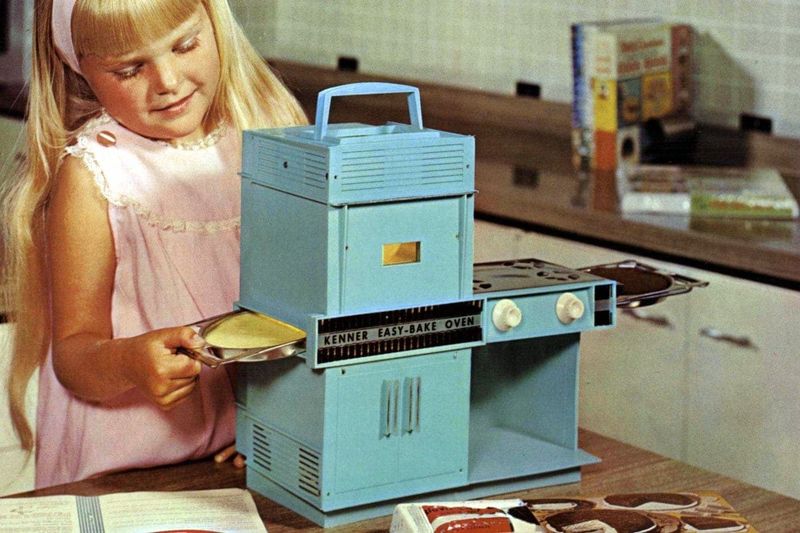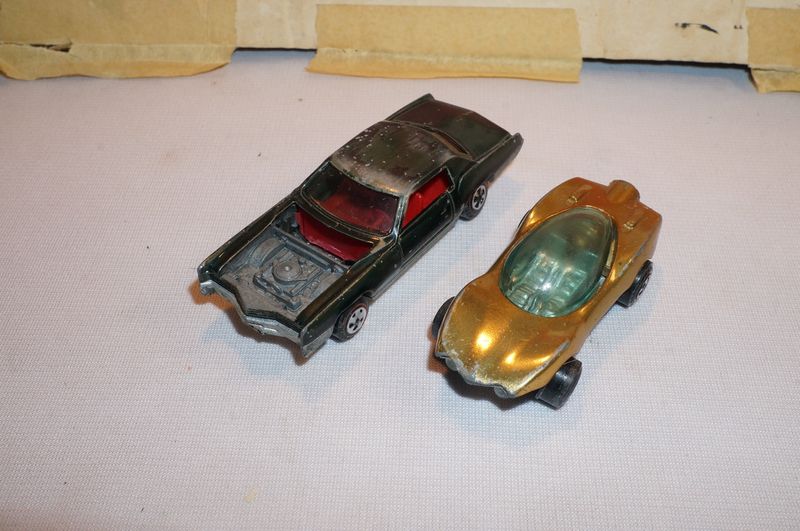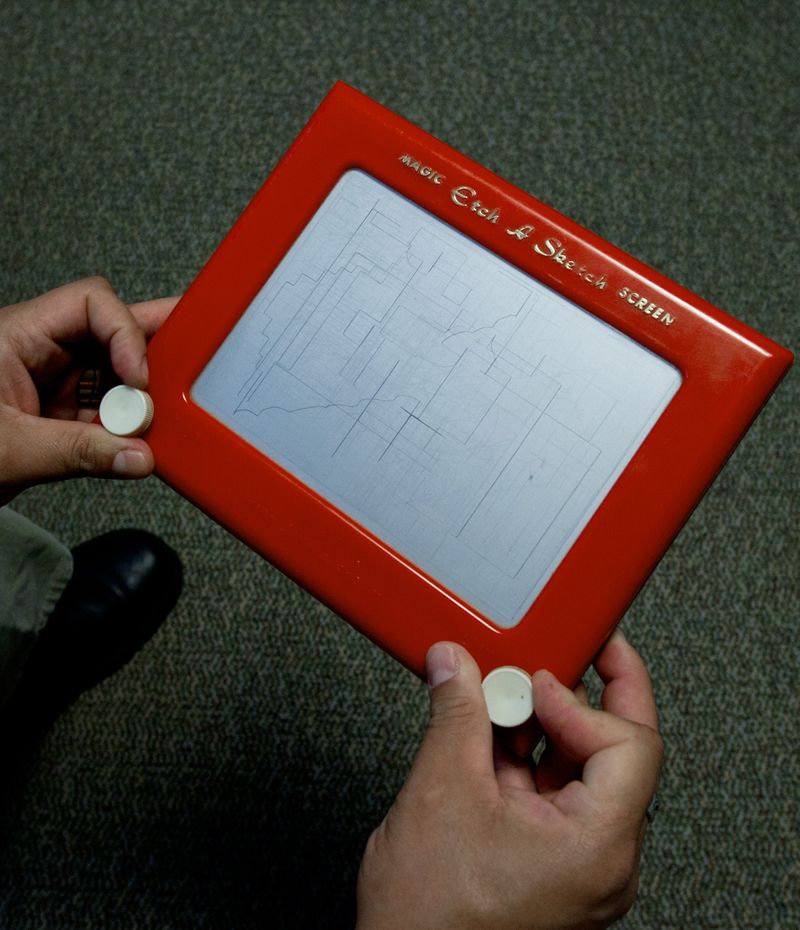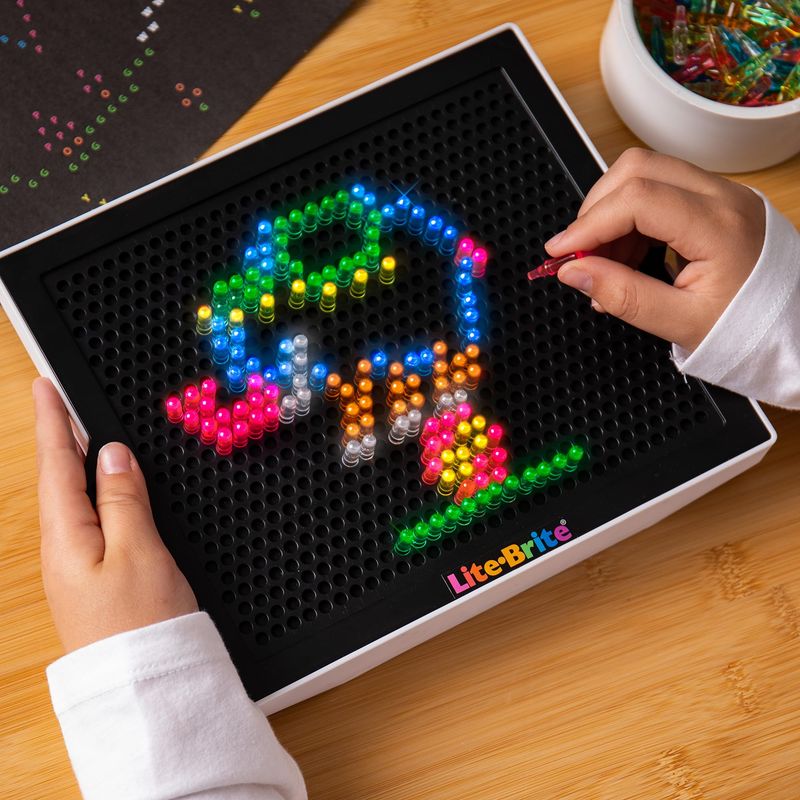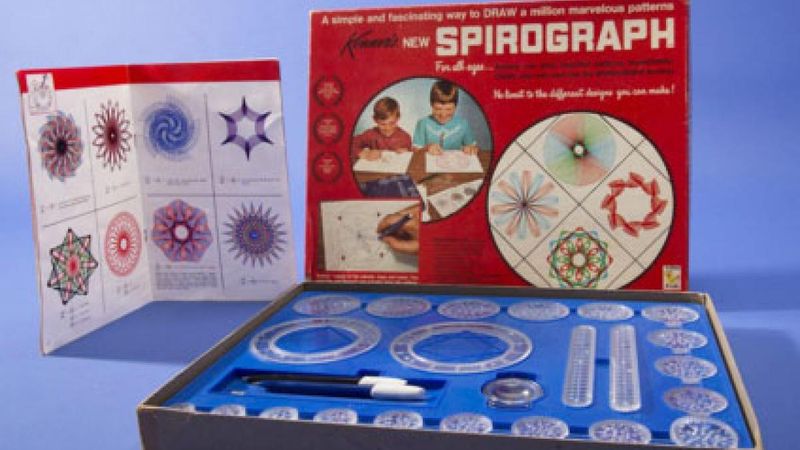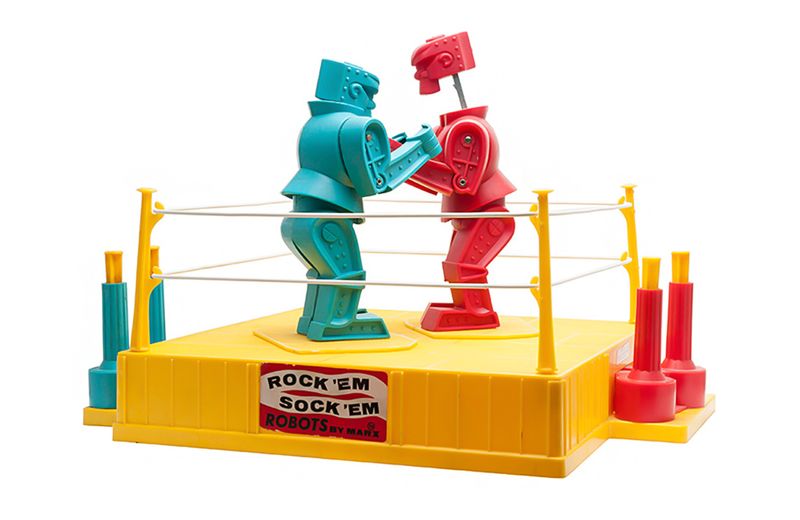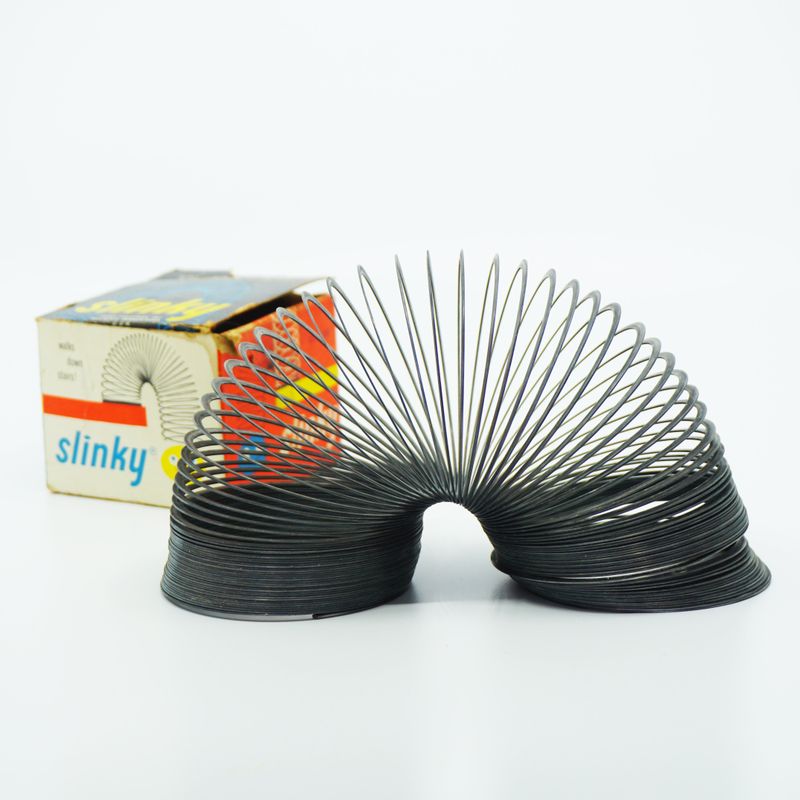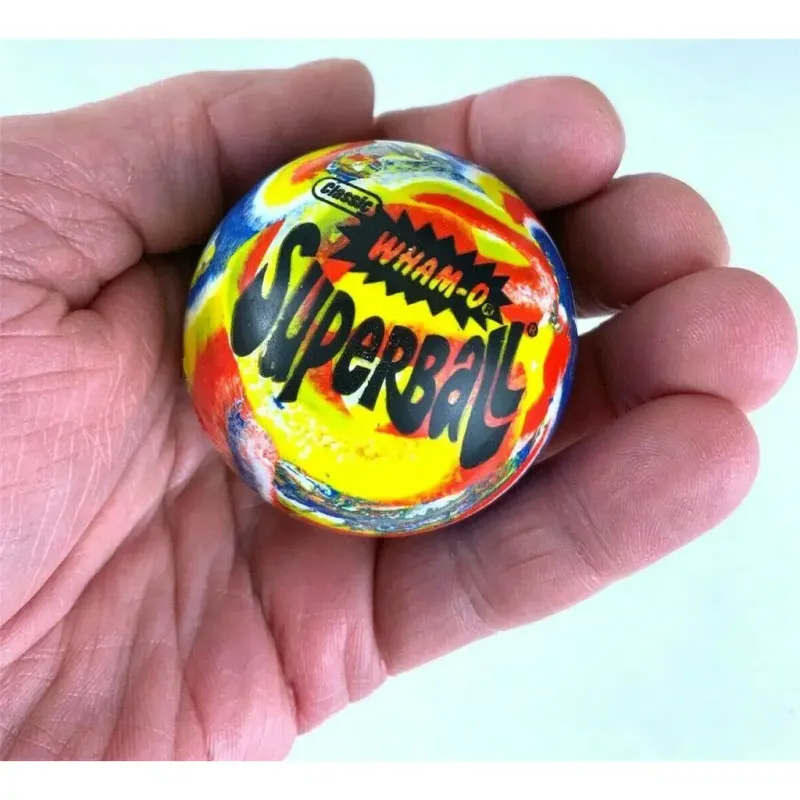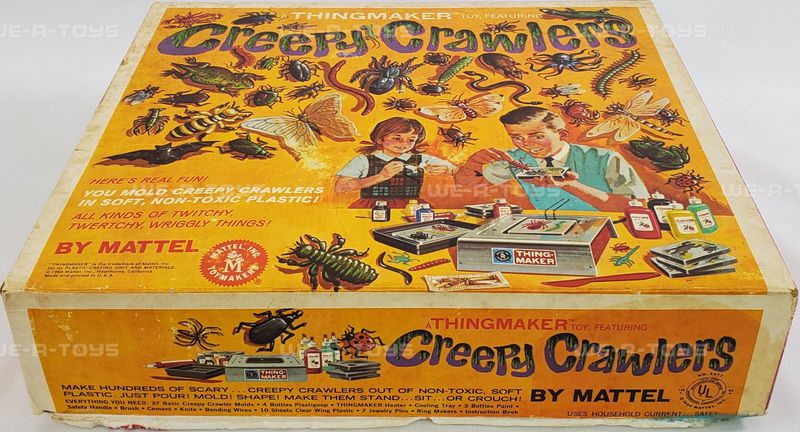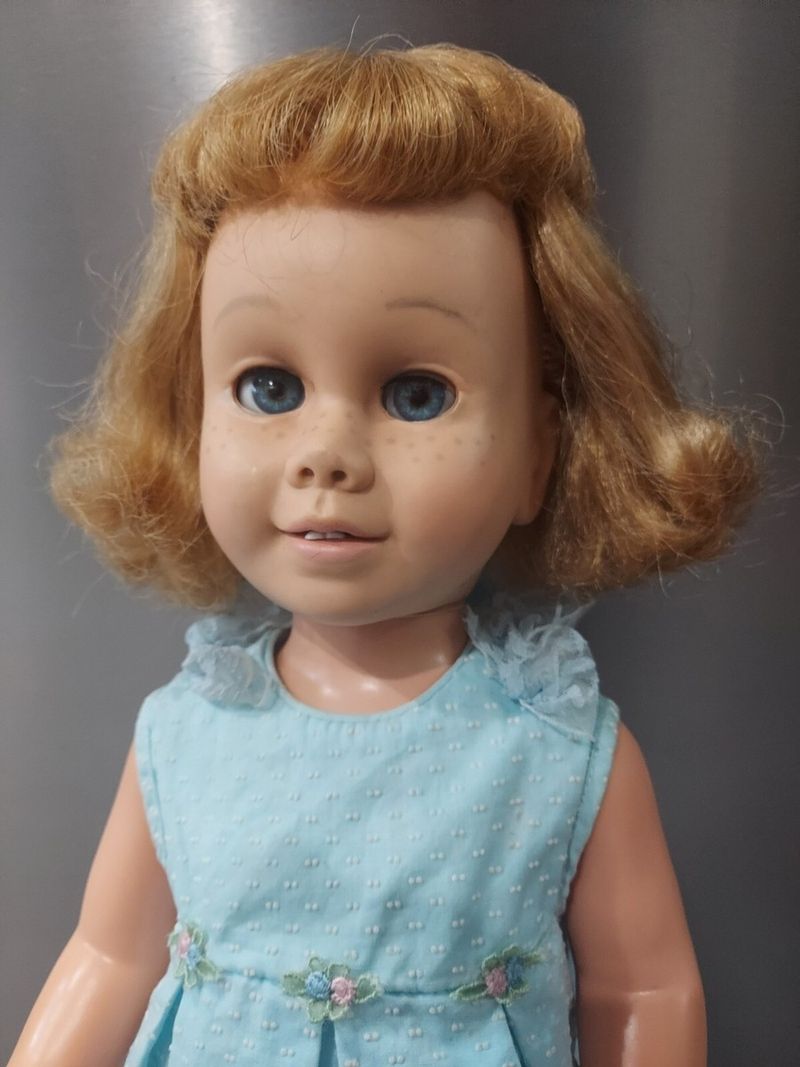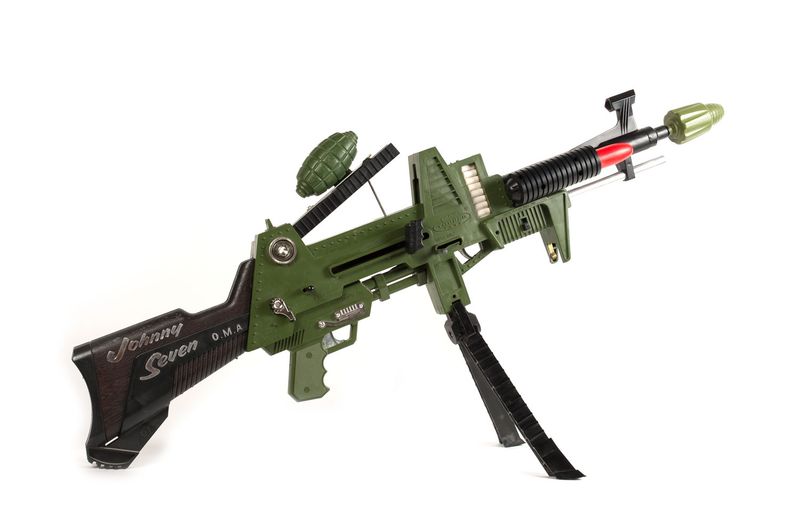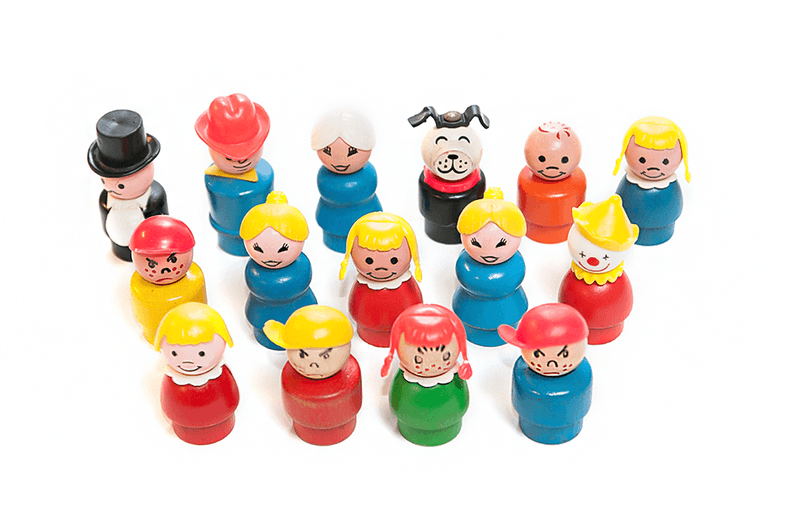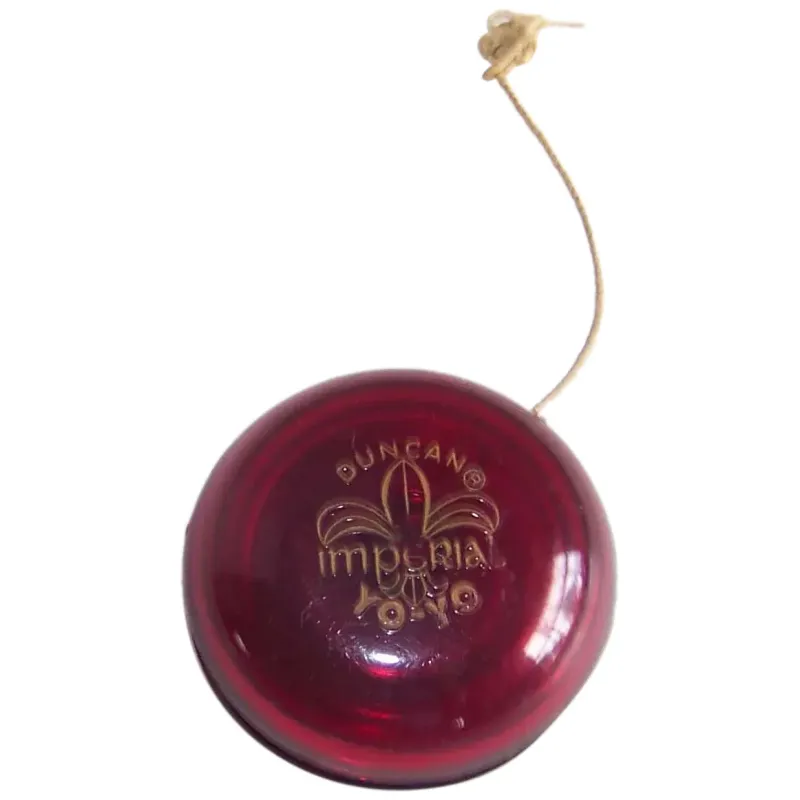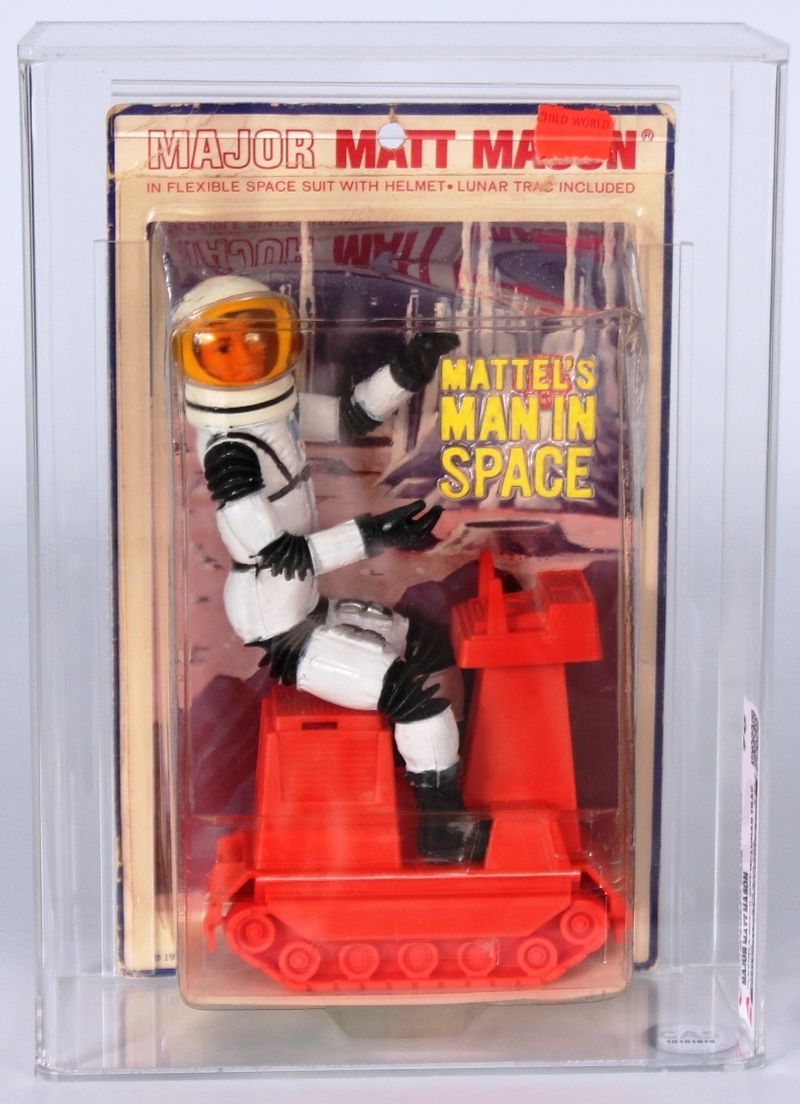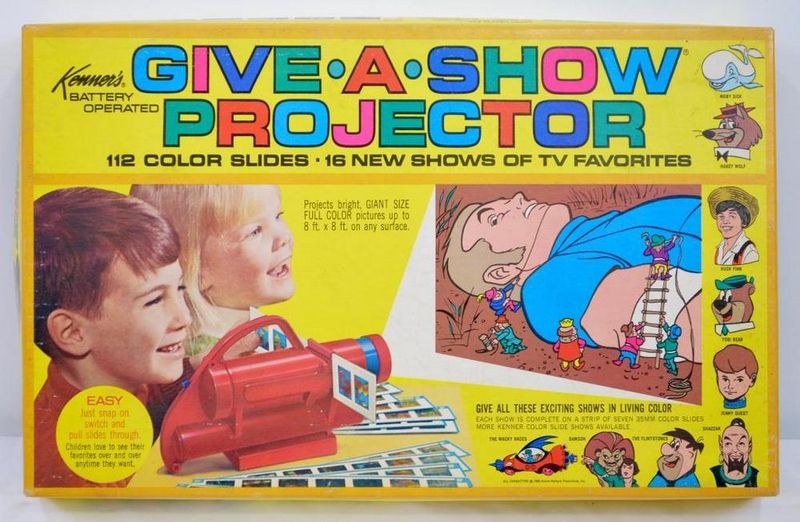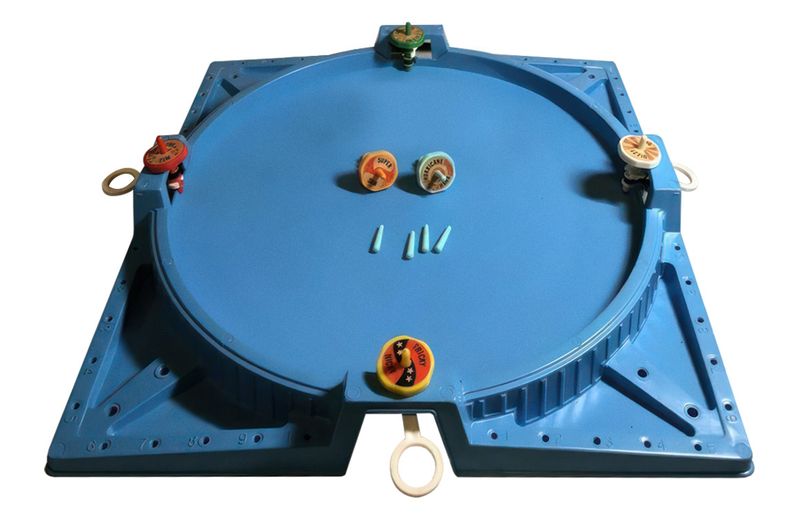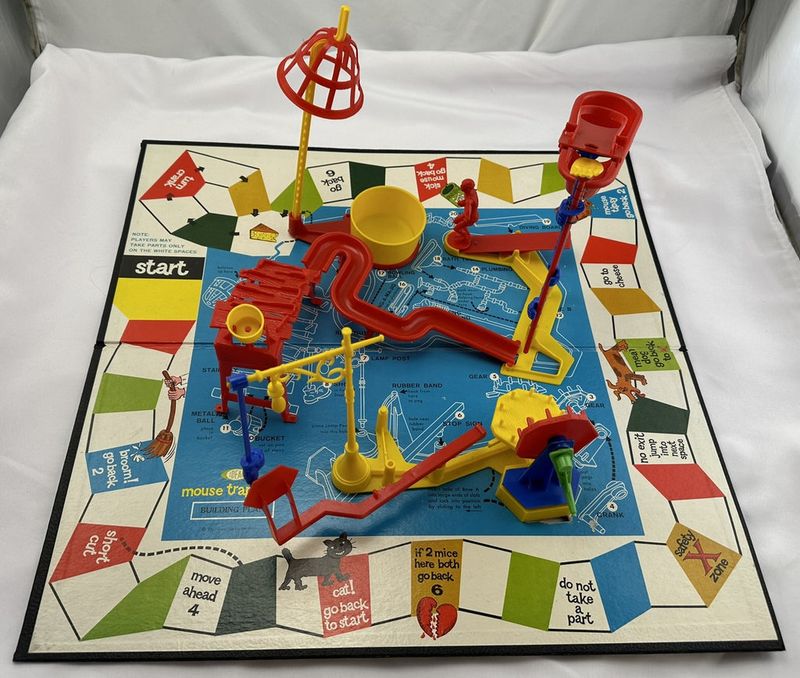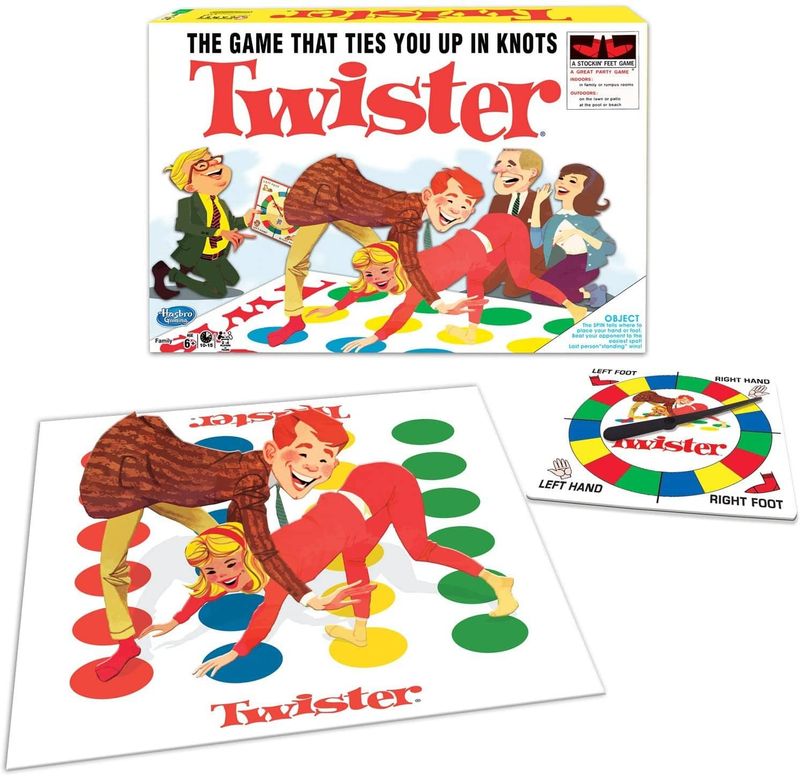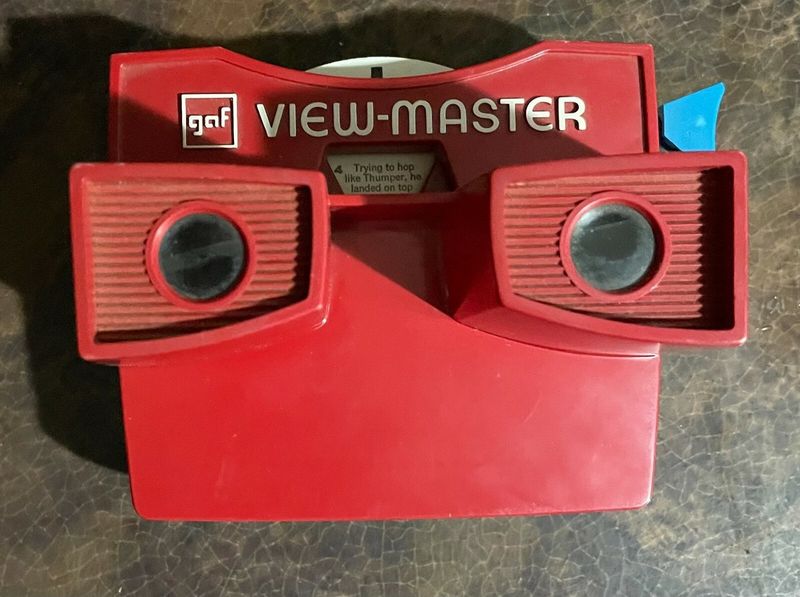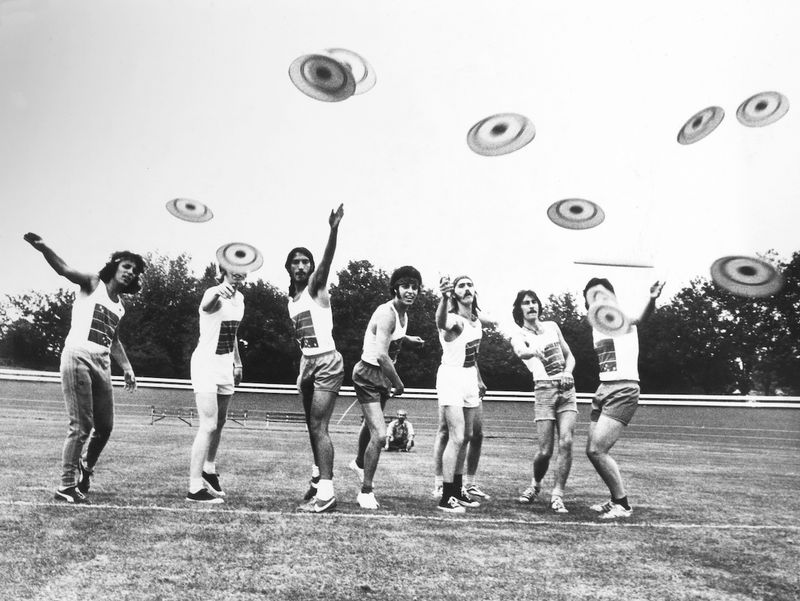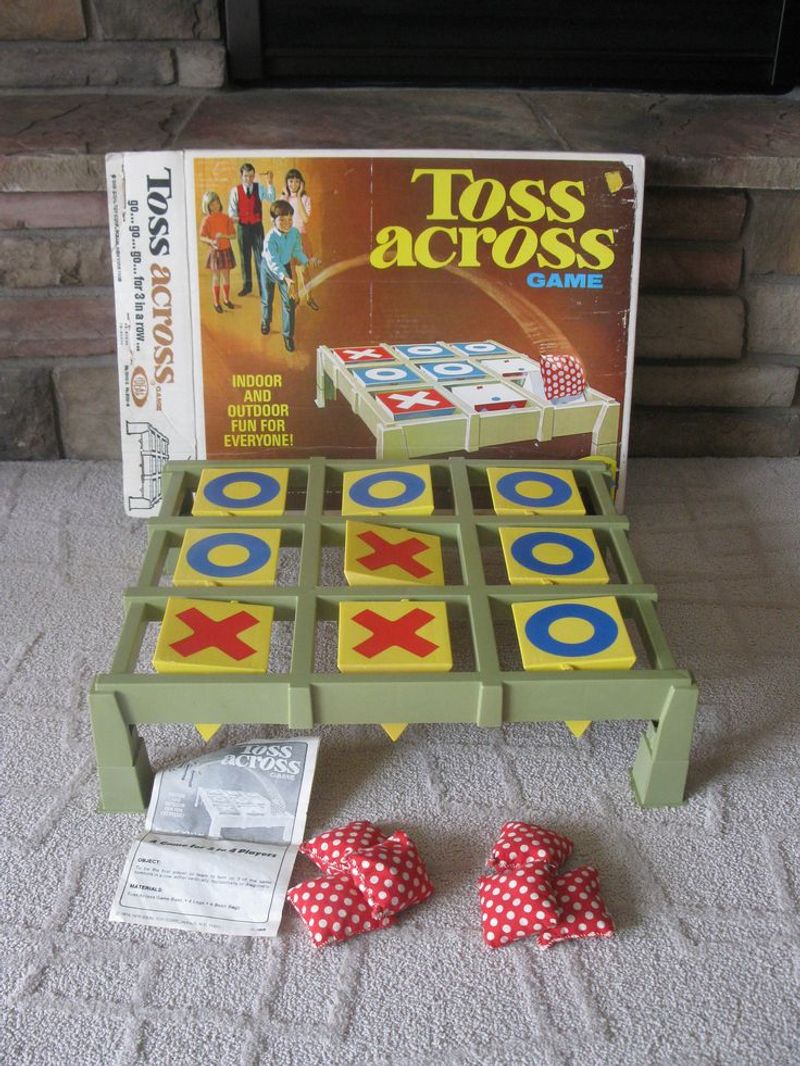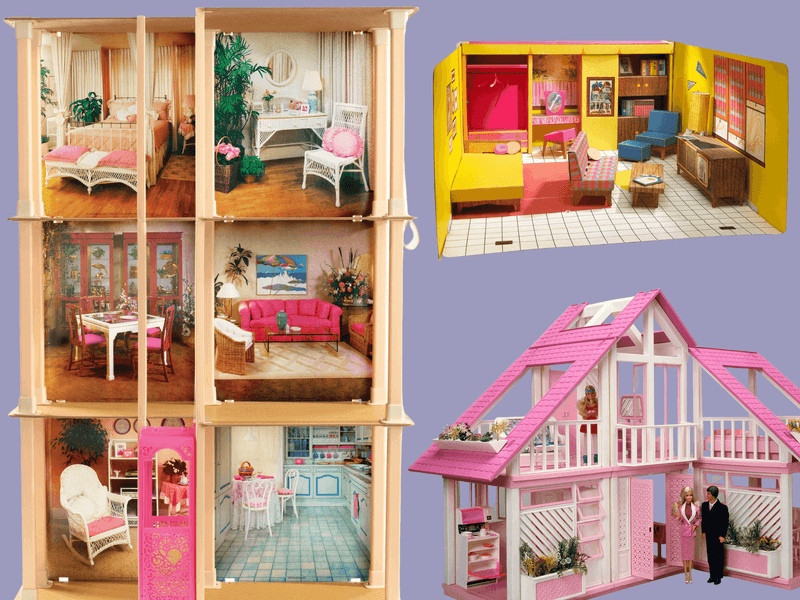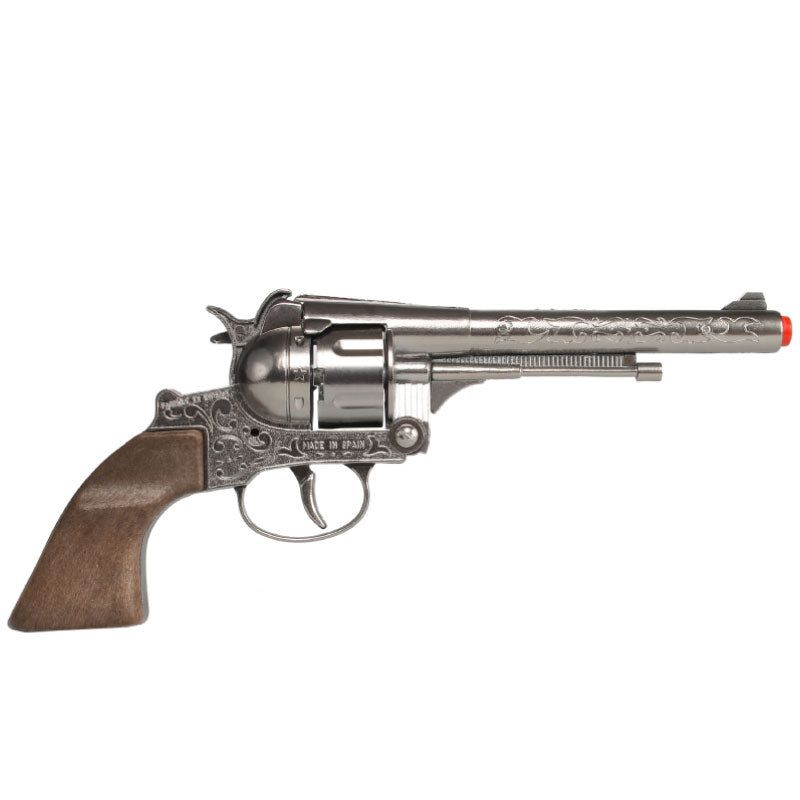The 1960s was a transformative era that brought a burst of creativity and innovation to the world of children’s toys. From dolls that became cultural icons to action figures that sparked a new genre, this decade was a playground of imagination and nostalgia. Many of these toys are cherished by baby boomers who fondly recall the joy and simplicity they brought into their childhoods. Join us as we take a delightful stroll down memory lane to explore 25 classic toys from the 1960s that defined a generation.
1. Barbie (1959, but ruled the ’60s)
Barbie, introduced in 1959, became more than just a doll in the 1960s—it was a cultural phenomenon. With a wardrobe fit for a fashion icon, Barbie inspired young girls to dream big.
Her Dream House, filled with mod furniture, was every kid’s fantasy abode. A symbol of style and ambition, Barbie encouraged creativity and fashion sense.
Did you know? The first Barbie Dream House was a cardboard foldout. Despite its simplicity, it held endless possibilities for imaginative play.
2. G.I. Joe (1964)
G.I. Joe marched onto the scene in 1964, not as a mere doll but as the first-ever action figure. Crafted for boys, he came with an array of military gear, ready for adventure.
This 12-inch hero sparked imaginations and launched a new genre of toys. Boys could reenact daring missions and heroic battles, fueling creativity and storytelling.
Fun fact: G.I. Joe’s introduction marked the coining of the term “action figure,” a tactical move to distance it from dolls.
3. Easy-Bake Oven (1963)
The Easy-Bake Oven, introduced in 1963, was a miniature marvel. It allowed kids to bake real cakes using a simple light bulb, turning culinary dreams into reality.
This toy kitchen appliance became a staple in many households, sparking an early love for cooking. It was more than a toy; it was a rite of passage.
Did you know? The original Easy-Bake Oven was turquoise and used two 100-watt incandescent light bulbs as its heat source.
4. Hot Wheels (1968)
Hot Wheels, introduced in 1968, revolutionized toy cars. With sleek designs and vibrant colors, they captured the spirit of speed and style.
Their innovative orange racetracks allowed for loops and jumps, turning any living room into a racetrack. Kids everywhere dreamt of being race car drivers.
Fun fact: The first Hot Wheels car was a dark blue “Custom Camaro.” Its success paved the way for countless models and designs.
5. Etch A Sketch (1960)
Etch A Sketch, launched in 1960, was the magical screen that captured imaginations. With a twist of two knobs, kids could create art and then erase it with a shake.
This innovative toy became a staple for budding young artists, encouraging creativity and precision. It was a trusted companion on long car rides.
Did you know? The Etch A Sketch was originally named “L’Ecran Magique,” or “The Magic Screen,” in its native France.
6. Lite-Brite (1967)
Lite-Brite burst onto the scene in 1967, transforming dark rooms into vibrant canvases. By inserting colorful pegs into a backlit board, kids created illuminated art.
This toy brought the joy of art and design to life, allowing masterpieces to glow vividly. It was both illuminating and inspiring.
Quirky fact: The original Lite-Brite came with templates for popular characters like Mickey Mouse, making it even more appealing.
7. Spirograph (1965)
Spirograph, introduced in 1965, brought geometric art to the fingertips of young artists. It allowed for complex designs using simple gears and pens.
This toy was a blend of art and mathematics, offering endless patterns and possibilities. It was a mesmerizing experience for both kids and adults.
Did you know? Spirograph was invented by a British engineer, aiming to teach mathematical curves in a fun and engaging way.
8. Rock ‘Em Sock ‘Em Robots (1966)
Rock ‘Em Sock ‘Em Robots, released in 1966, was the ultimate battle of robotic champions. With a push of levers, players could knock each other’s block off.
This fast-paced game was a favorite for competitive spirits, offering excitement with every punch. It was a test of skill and strategy.
Fun fact: The game was inspired by boxing matches, capturing the thrill of the ring in miniature form.
9. Slinky (1940s, but peaked in the ’60s)
Slinky, though born in the 1940s, reached iconic status in the 1960s. This simple spring brought endless joy as it “walked” down stairs.
Its hypnotic motion and distinctive sound made it a beloved toy across generations. It was both a plaything and a science lesson.
Quirky fact: The Slinky was invented by a naval engineer who accidentally knocked a spring off a shelf, sparking the idea.
10. Wham-O Super Ball (1965)
The Wham-O Super Ball, introduced in 1965, defied gravity with its incredible bounce. Made from a unique rubber compound, it could leap astonishing heights.
This small, unassuming ball captivated kids and adults alike, sparking games and challenges. It was a true marvel of physics and fun.
Did you know? The Super Ball’s bounce is due to a material called Zectron, which compresses under force and rebounds with energy.
11. Creepy Crawlers (1964)
Creepy Crawlers crawled into the market in 1964, offering kids a chance to make their own gummy insects. Using molds and liquid goop, they baked creepy creations.
This hands-on toy encouraged creativity and a touch of mischief. It was both a craft and a delightful prank tool.
Fun fact: The original Creepy Crawlers set included a small oven to “cook” the bugs, much to the delight of young entomologists.
12. Chatty Cathy (1960)
Chatty Cathy introduced a new era of talking dolls in 1960. With a simple pull of a string, she could utter a variety of phrases.
This talking companion enchanted children, offering interactive play and companionship. Her voice became a comforting presence for many.
Did you know? Chatty Cathy’s voice was recorded by June Foray, the voice behind many beloved cartoon characters.
13. Johnny Seven O.M.A. (1964)
Johnny Seven O.M.A., launched in 1964, was the ultimate toy gun, boasting seven different weapons in one. From a grenade launcher to a rifle, it was a young soldier’s dream.
This toy encouraged imaginative play, as kids took on heroic missions and defended imaginary territories. It was an arsenal in a single toy.
Quirky fact: “O.M.A.” stands for “One Man Army,” reflecting its all-in-one design and appeal.
14. Fisher-Price Little People (1960s)
Fisher-Price Little People made their debut in the 1960s, becoming a cornerstone of preschool play. These chunky, friendly figures sparked imaginations across the globe.
With sets like farms and villages, they offered endless scenarios for storytelling and role-play. They were more than toys; they were companions.
Did you know? The Little People line began with a simple wooden peg figure, evolving into the iconic plastic figures we know today.
15. Duncan Yo-Yo Craze (Resurgence in the ’60s)
The Duncan Yo-Yo experienced a resurgence in the 1960s, becoming a playground sensation. Tricks like “Walk the Dog” and “Around the World” captivated kids.
This simple toy offered endless challenges, honing skills and coordination. It was both a pastime and a competitive sport.
Fun fact: Duncan held yo-yo contests across the country, sparking a national craze and inspiring future generations of yo-yo enthusiasts.
16. Major Matt Mason (1966)
Major Matt Mason landed on the scene in 1966, an astronaut action figure ready for cosmic adventures. With bendable limbs and detailed space gear, he was every child’s ticket to the stars.
This toy inspired dreams of space exploration, as kids embarked on intergalactic missions. It was a celebration of the space age and curiosity.
Did you know? Major Matt Mason’s popularity coincided with the Apollo missions, capturing the excitement of the era.
17. Kenner’s Give-A-Show Projector (1963)
Kenner’s Give-A-Show Projector, introduced in 1963, brought cinematic magic to living rooms. By projecting slide cartoons onto walls, it was the precursor to modern home entertainment.
This toy offered a new way to enjoy stories, captivating young audiences with vivid images. It was a shared family experience.
Quirky fact: The projector’s slides featured popular characters like Scooby-Doo, making it a beloved addition to family movie nights.
18. Battling Tops (1968)
Battling Tops, released in 1968, transformed simple spinning tops into a competitive arena sport. Players launched tops to clash and outlast opponents, creating excitement with every spin.
This game offered both strategic play and thrilling action, making it a favorite at gatherings. It was simplicity at its finest.
Did you know? The tops’ performance depended on how they were launched, adding a layer of skill to the fun.
19. Ideal’s Mouse Trap (1963)
Ideal’s Mouse Trap, introduced in 1963, was a board game like no other. Its Rube Goldberg-style contraption brought engineering and unpredictability into play.
Players built intricate traps, hoping to catch opponents’ mice in a thrilling turn of events. It was both a game and a creative challenge.
Did you know? The game was inspired by the real-life Rube Goldberg machines, known for their complexity and humor.
20. Twister (1966)
Twister, launched in 1966, turned the human body into a game piece. Players contorted to place hands and feet on colored dots, leading to laughter and tangles.
This game broke barriers, encouraging physical interaction and fun. It was a social icebreaker and a comedy of limbs.
Fun fact: Twister gained fame after being featured on “The Tonight Show,” captivating audiences nationwide.
21. View-Master (Popular in the ’60s)
The View-Master, though introduced earlier, soared in popularity during the 1960s. With 3D slides of faraway places, it was the original virtual reality.
This stereoscopic viewer transported kids to exotic landscapes, sparking wanderlust and curiosity. It was a window to the world.
Did you know? The View-Master’s reels featured educational content, including famous landmarks and natural wonders, broadening young minds.
22. Wham-O Frisbee (1950s, but huge in the ’60s)
The Wham-O Frisbee, though born in the 1950s, became a cultural staple in the 1960s. These flying discs soared across parks and beaches, bringing people together.
This simple toy offered endless fun, from casual tosses to ultimate Frisbee games. It was freedom in flight and joy in simplicity.
Did you know? The Frisbee’s design was inspired by pie tins thrown by Yale students, leading to its aerodynamic form.
23. Toss Across (1969)
Toss Across entered the scene in 1969, blending tic-tac-toe with beanbag tossing. Players aimed to flip squares to align three in a row, adding skill to a classic game.
This outdoor favorite was a test of aim and strategy, offering interactive fun for friends and family. It was a game of precision.
Fun fact: Toss Across was designed to be played both indoors and outdoors, making it versatile for any gathering.
24. Barbie’s Dream House (1962)
Barbie’s Dream House, introduced in 1962, was more than a toy; it was a status symbol. With its pink plastic walls and chic furnishings, it embodied elegance and aspiration.
This miniature mansion allowed girls to imagine their future, decorating rooms and hosting guests. It was a canvas for creativity.
Did you know? The original Dream House was a simple fold-out design, yet it captured the hearts of millions, becoming a timeless classic.
25. Cap Guns (1960s heyday)
Cap guns peaked during the 1960s, channeling the spirit of the Wild West. These pop guns used rolls of caps to create realistic sounds, thrilling young cowboys.
This toy was a staple in imaginative play, as kids reenacted shootouts and adventures. It was both exciting and adventurous.
Quirky fact: Cap guns were inspired by the Western films of the era, capturing the romance of cowboys and outlaws.

